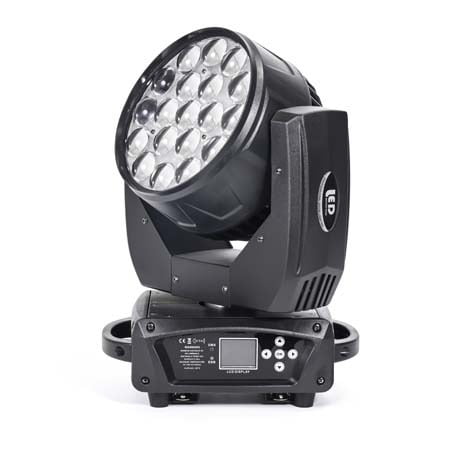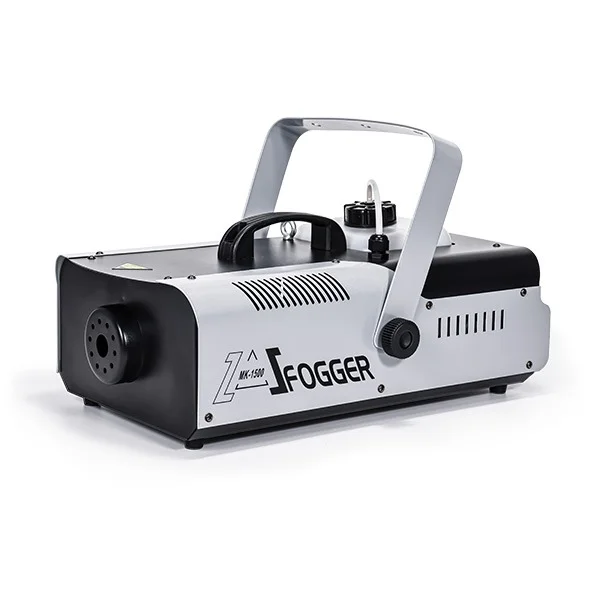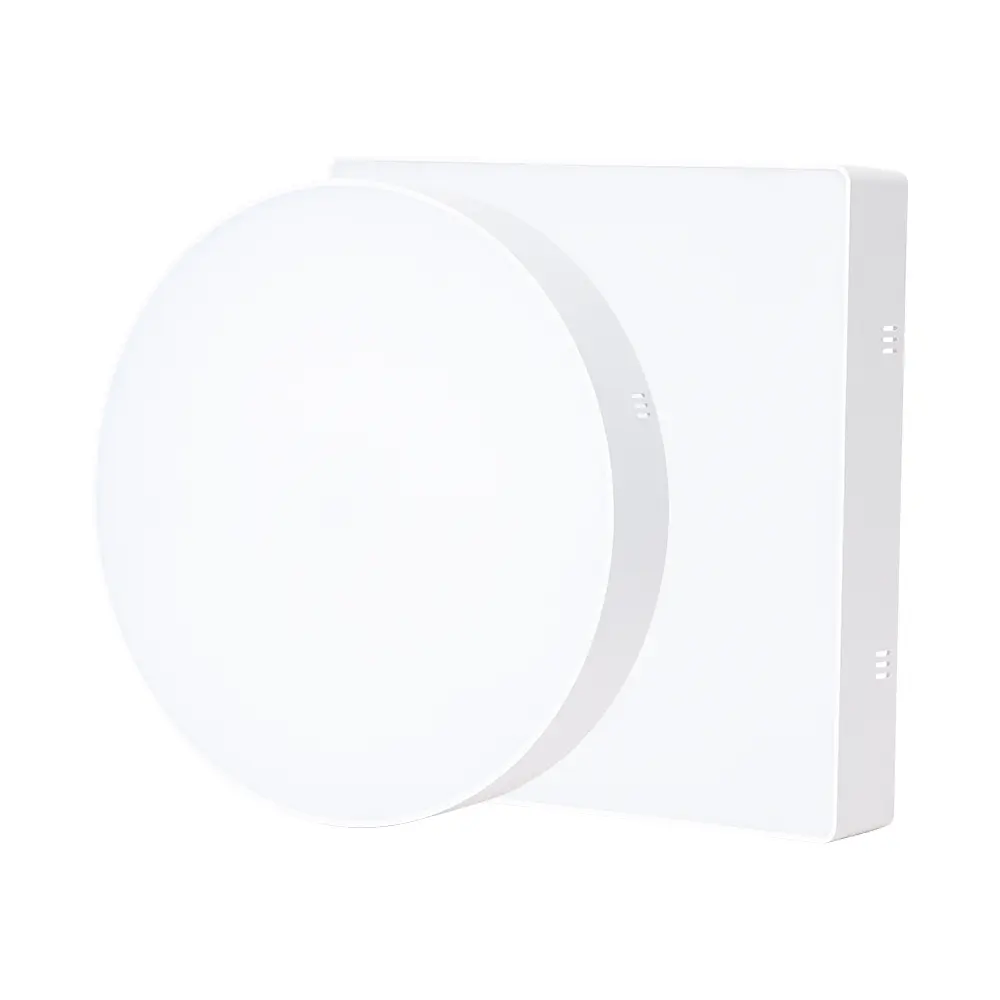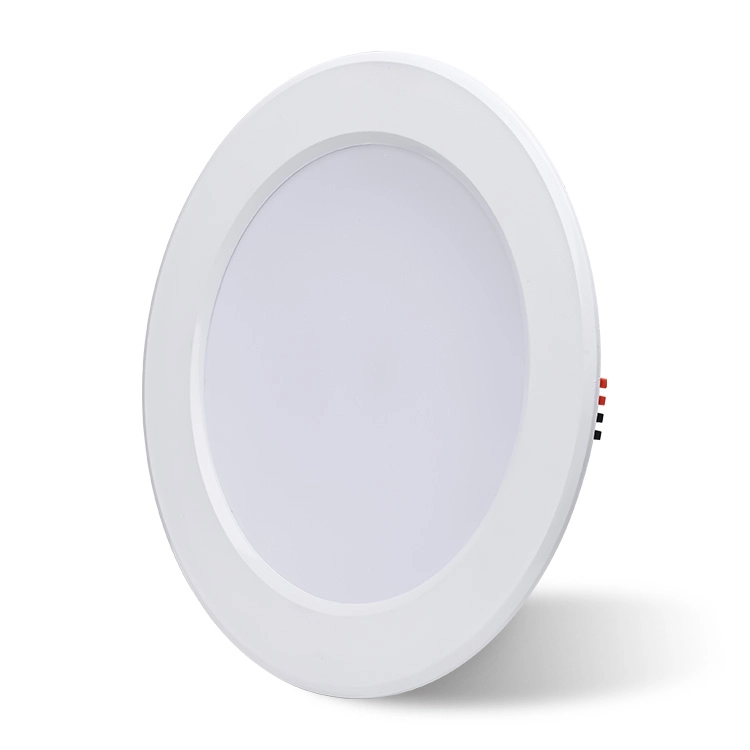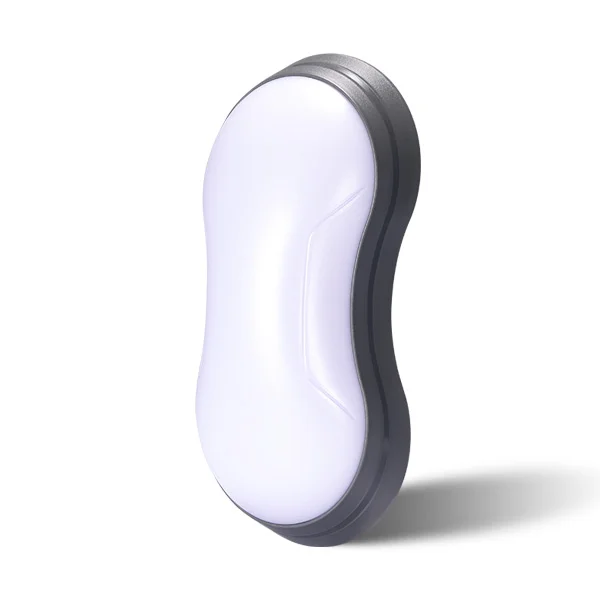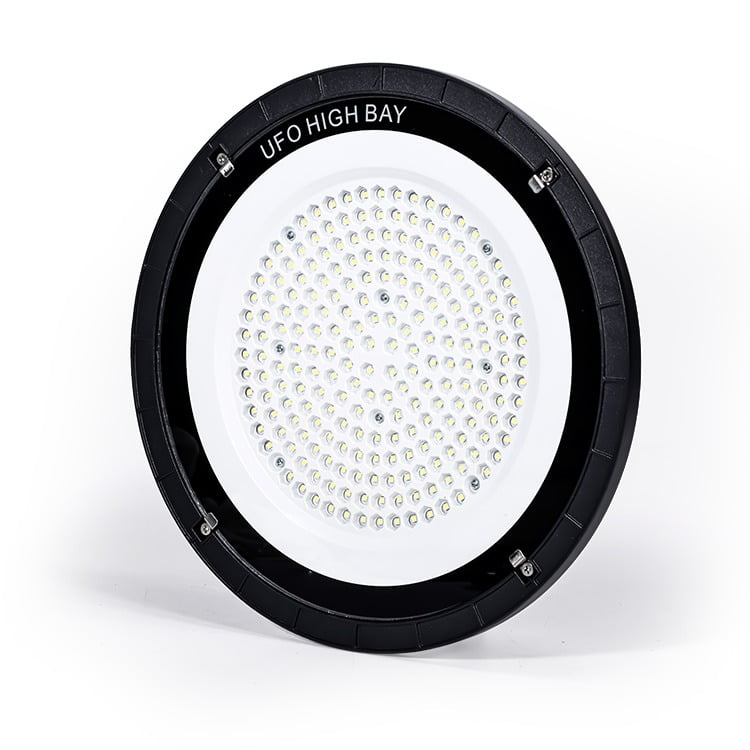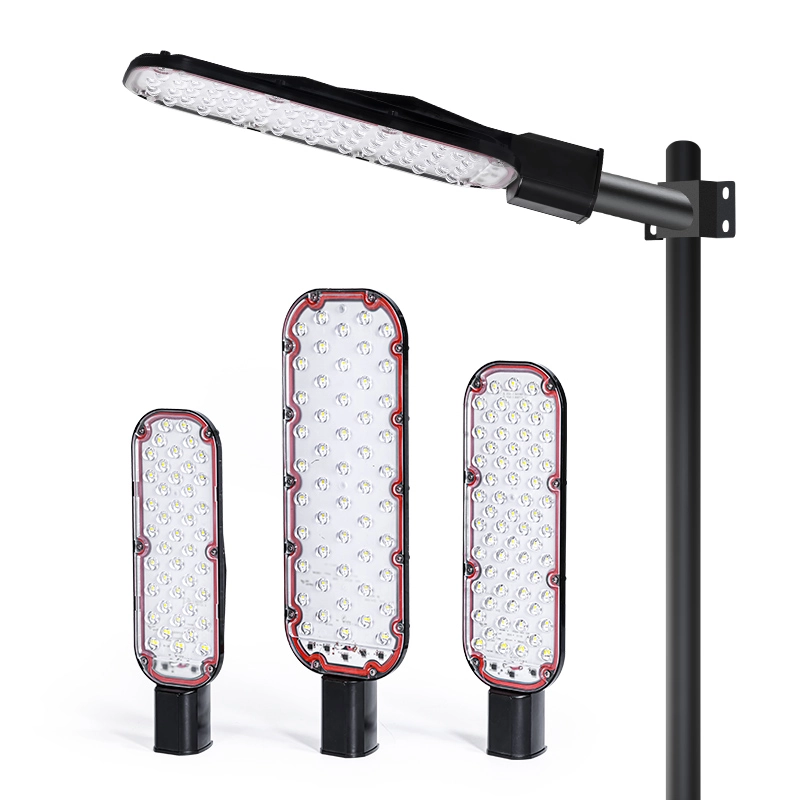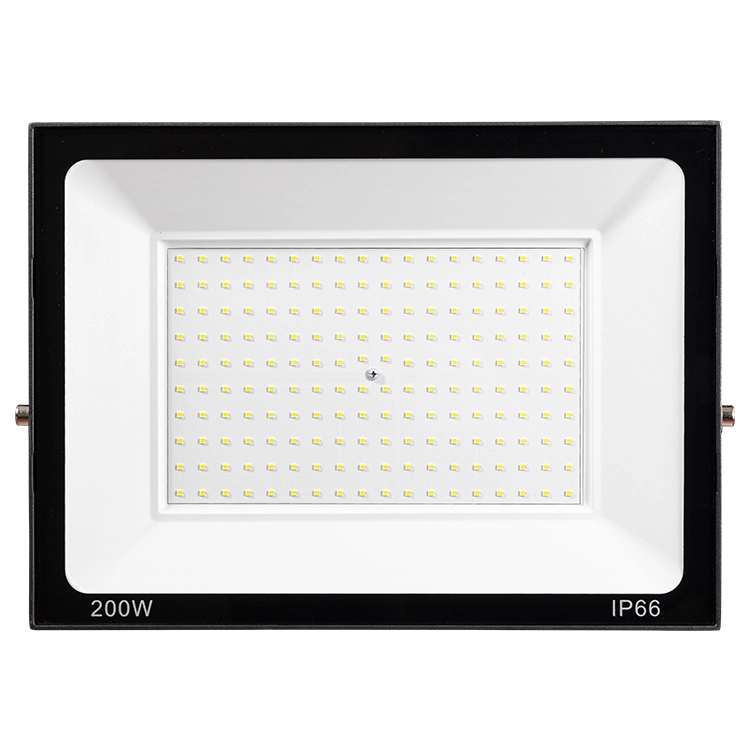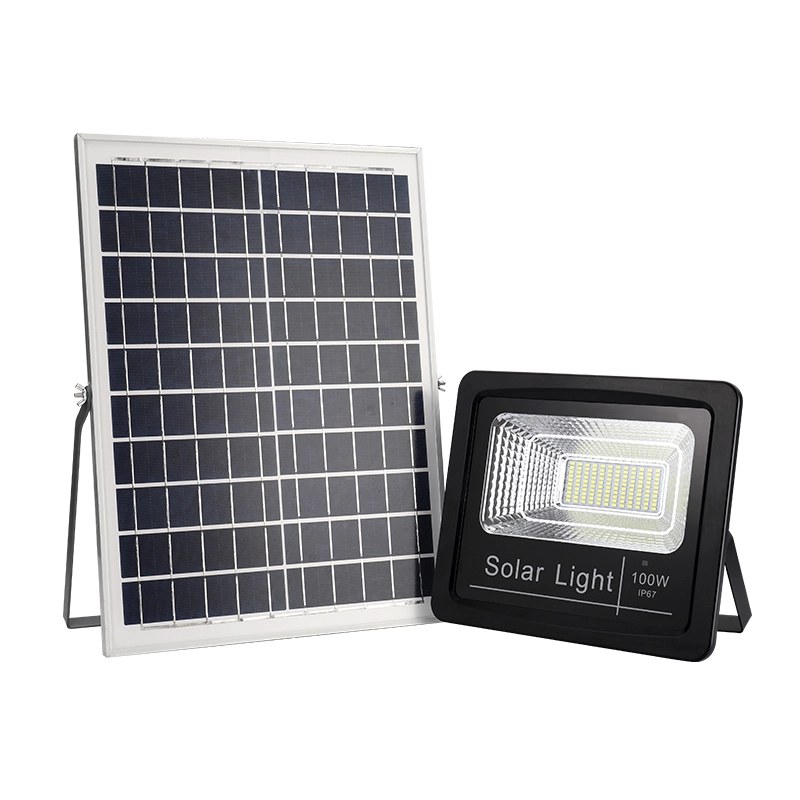Beam lights are famous for creating dynamic shafts of light that cut through haze and captivate audiences. But what color is the main beam light by default—and how can different color choices dramatically impact a stage performance?
This guide explores the standard colors of beam lights, how color affects mood and visibility, and how to choose the right beam colors for different types of shows.
What Is the Default Color of Beam Lights?
The default color of most beam lights is cool white, typically in the range of 7000K to 8500K in color temperature.
Reasons why cool white is the default:
Maximum visibility: Cool white cuts cleanly through haze and air, making beams highly visible.
Sharp contrast: It produces the clearest mid-air light shafts for audiences and cameras.
Energy and clarity: It emphasizes motion and visual rhythm, critical for live performances.
For example:
230W beam lights usually emit a clean 7500K beam.
295W and 480W models offer powerful, high-lumen cool white output for arena-scale shows.
Common Colors Used for Beam Lighting Effects
Cool White (Default)

Most piercing and energetic.
Ideal for concerts, DJ sets, large outdoor events.
Highlights motion and rhythmic cues.
Warm White / Amber

Soft, emotional, naturalistic.
Used for ballads, intimate performances, theatrical storytelling, and worship services.
Red, Blue, Green

Intense emotional triggers:
Red: Passion, danger, excitement
Blue: Calmness, sadness, mystery
Green: Mystery, unease, sometimes nature themes
Frequently used in transitions, build-ups, and dance breaks.
Color Mixing (RGB/CMY Systems)

Some advanced beam lights (especially LED or hybrid models) support CMY/RGB color mixing.
Enables smooth transitions, multi-color effects, layered visuals for storytelling or musical evolution.
How Color Changes Affect Stage Atmosphere
Color is more than aesthetics—it’s psychology.
Cool colors (white, blue) create clarity, sharpness, and emotional distance.
Warm colors (amber, gold, red) bring intimacy, urgency, or nostalgia.
Mixed colors (prism splits, rainbow sweeps) add dynamic energy and emotional shifts.
Proper use of beam color transitions can:
Highlight tempo changes.
Guide audience emotions.
Create seamless visual storytelling arcs.
Example:
At a concert, a beam light might stay cool white during a chorus and shift to amber during a quiet bridge to reflect emotional intimacy.
How Different Beam Light Colors Perform in Various Stage Scenarios
Concerts & Festivals

Primary Beam Color: Cool White (7000K–8500K)
Effect: Sharp mid-air penetration, energetic rhythm visuals.
Additional Colors: Reds, blues, greens for accent moments during drops and solos.
Concerts demand maximum contrast and excitement.
Theatrical Performances

Primary Beam Color: Warm White (3000K–4500K)
Effect: Soft focus on characters, blending smoothly with wash lighting.
Additional Colors: Blues and ambers to define scene mood and transitions.
Theater lighting supports storytelling, not just spectacle.
Worship Services

Primary Beam Color: Soft White (4000K–5500K)
Effect: Warm, uplifting atmosphere without overwhelming congregants.
Additional Colors: Subtle blue and gold transitions to signal worship mood changes.
Worship lighting should enhance spiritual engagement with sensitivity.
Corporate Events & Conferences

Primary Beam Color: Clean Cool White (6500K–7500K)
Effect: Professional, clear framing for speakers and branding elements.
Additional Colors: Soft brand-specific colors (blue, green) for opening or product reveals.
Corporate shows prioritize clarity, professionalism, and subtle branding.
Choosing Beam Lights with Color Options
| Feature | Why It Matters |
|---|---|
| Fixed Color Wheel | Fast snaps for dramatic moment highlights |
| CMY Mixing System | Smooth fades for emotional storytelling |
| Prism + Color Combinations | Adds dynamic air effects and layered textures |
Higher-end beam fixtures provide color wheels and mixing for maximum flexibility.
Practical Tips for Using Beam Colors on Stage
Start with cool white for maximum visibility.
Shift to warm tones during emotional segments or slow transitions.
Use strong colors (red, blue) for drops, climaxes, or beat hits.
Coordinate beam color transitions with music tempo or scene changes.
Avoid oversaturating beams—too many mixed colors can blur beam sharpness.
Beam lighting should support the performance, not distract from it.
FAQ
Can beam lights change colors like LED wash lights?
Yes—many modern beam fixtures have color wheels or even CMY color mixing for flexible control.
What color makes beam shafts most visible?
Cool white (7000K–8000K) provides the sharpest visibility, especially through haze or fog.
Can I use color gels with beam lights?
In older lamp-based fixtures, yes. Modern LED beams typically use built-in color wheels or mixing systems.
Are LED beam lights better for color flexibility?
Yes—LED-based beams often offer more colors, faster switching, and smooth transitions compared to traditional discharge-lamp models.
Final Thoughts
The color of a beam light is not random—it’s a strategic decision.
Choosing the right color enhances visibility, drives emotion, and deepens audience engagement.
Need help selecting the best beam lighting and color setup for your next event? Contact our expert team today!


